The Hubble Space Telescope Just Sent Back A New Photo Of The Twin Jet Nebula. Here’s What It Looked
The Hubble Space telescope just sent back a new photo of the Twin Jet Nebula. Here’s what it looked like in 1997:

And now …

Whoa. But wait, we also got an updated image of the merging galaxies NGC 6240. What it looked like in 2008:

And today:

Science, you’re the best. Oh, and the explanation behind those merging galaxies and their black holes is wild.
More Posts from Alitheastronomer and Others
What’s Up for February 2016?
Five morning planets, Comet Catalina passes Polaris and icy Uranus and icy Vesta meet near Valentine’s Day.

February mornings feature Mercury, Venus, Saturn, Mars and Jupiter. The last time this five-planet dawn lineup happened was in 2005. The planets are easy to distinguish when you use the moon as your guide. Details on viewing HERE.
If you miss all five planets this month, you’ll be able to see them again in August’s sunset sky.

Last month, Comet Catalina’s curved dust tail and straight ion tail were visible in binoculars and telescopes near two galaxies that are close to the handle of the Big Dipper. Early this month, the comet nears Polaris, the North Star. It should be visible all month long for northern hemisphere observers.

There will be more opportunities to photograph Comet Catalina paired with other objects this month. It passes the faint spiral galaxy IC 342 and a pretty planetary nebula named NGC 1501 between Feb. 10 – 29. For binocular viewers, the magnitude 6 comet pairs up with a pretty string of stars, known as Kemble’s Cascade, on Feb. 24.

Finally, through binoculars, you should be able to pick out Vesta and Uranus near one another this month. You can use the moon as a guide on Feb. 12, and the cornerstone and the corner stars of Pegasus all month long.

For more information about What’s Up in the February sky, watch our monthly video HERE.
Make sure to follow us on Tumblr for your regular dose of space: http://nasa.tumblr.com
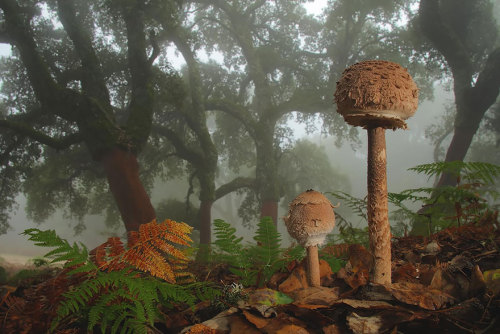
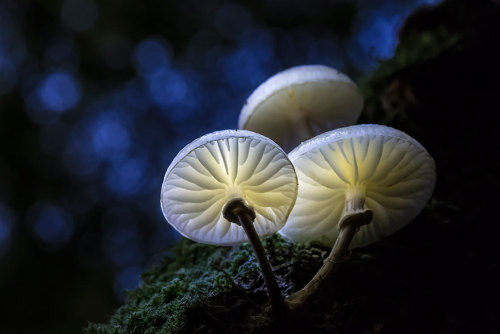
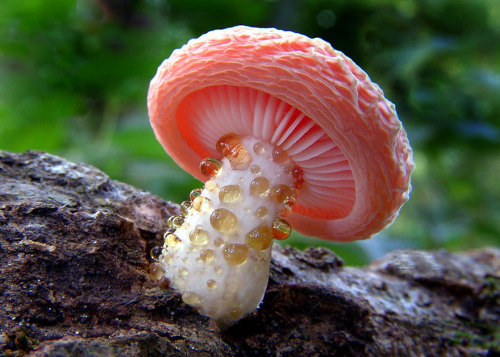
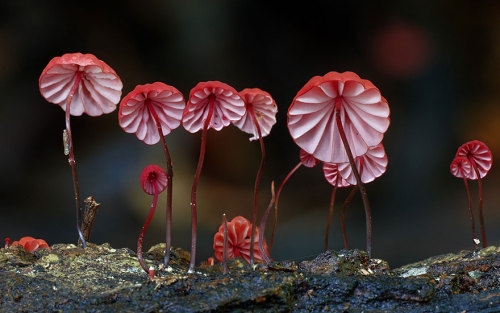
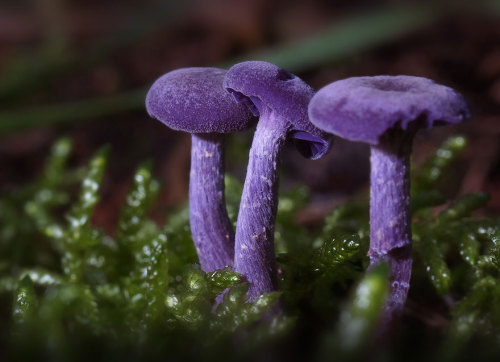
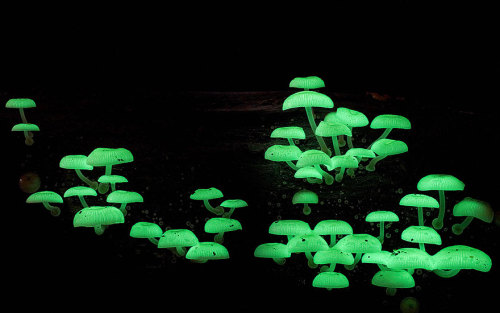
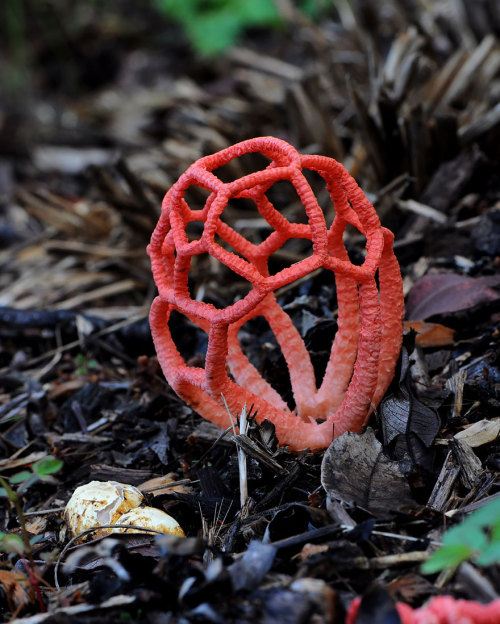
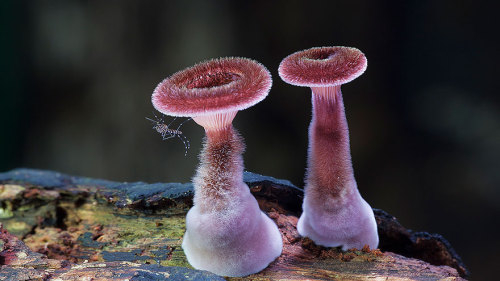
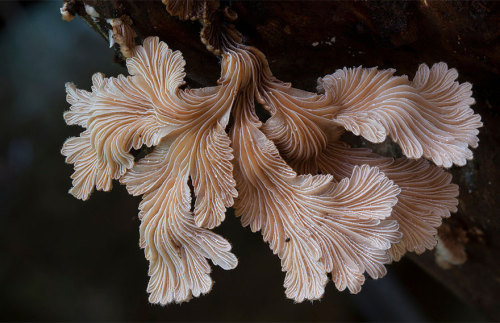
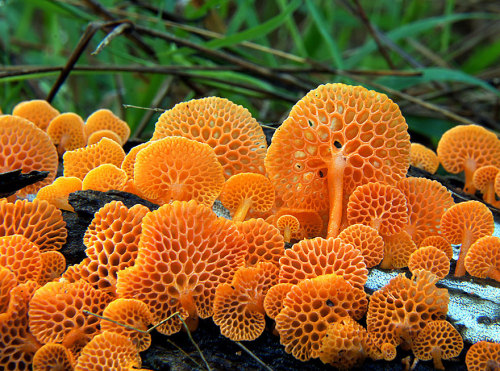
The Mystical World Of Mushrooms Captured In Photos
Most people consider mushrooms to be the small, ugly cousins of the plant kingdom, but theirs is surprisingly beautiful and wonderful world waiting to be explored. These beautiful mushrooms, captured by enthusiastic nature photographers, are a far cry from the ones you find in the woods or your local grocery store.
Most mushrooms, as we know them, are actually just the reproductive structure of the fungus they belong to – their fungal networks expand far further underground, and some fungi don’t even sprout the sort of mushrooms that we’re used to seeing. In fact, depending on your definition of “organism,” the largest living organism in the world is a fungus – there’s a honey mushroom colony in Oregon that occupies about 2,000 acres of land! ( Bored Panda )
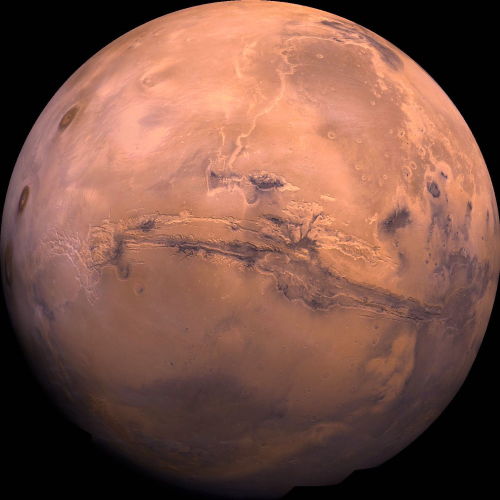

Milky way


Transit of Venus(2012) through rain clouds. Canon T3i with 100-400 mm EF lens.

Chemical flames.
Phase of the moon affects amount of rainfall
Seattle WA (SPX) Jan 31, 2016 When the moon is high in the sky, it creates bulges in the planet’s atmosphere that creates imperceptible changes in the amount of rain that falls below. New University of Washington research to be published in Geophysical Research Letters shows that the lunar forces affect the amount of rain - though very slightly. “As far as I know, this is the first study to convincingly connect t Full article
That video is fascinating, I can't stop watching it!
Blizzard 2016 from Space
As an intense winter storm approaches the mid-Atlantic this weekend, our satellites watch from above. The storm is expected to produce a wade swath of more than 2 feet of snow in some areas.

The below supercomputer simulation crunched the data to provide a look at the flow of clouds from storm systems around the globe, including the developing blizzard across the eastern United States.
This storm won’t only have a snowy impact on the mid-Atlantic region, but will also cause severe weather in the Gulf Coast. Satellites observe extreme rainfall in the area.

Data from NASA-NOAA Suomi NPP satellite and NOAA’s GOES-East satellite are being used to create images and animation of the movement of this powerful storm. For updates, visit: http://www.nasa.gov/feature/goddard/2016/nasa-sees-major-winter-storm-headed-for-eastern-us

Make sure to follow us on Tumblr for your regular dose of space: http://nasa.tumblr.com
I want to go here.

The Milky Way at Bryce Canyon National Park
js
-
 furiouschaoscat liked this · 1 year ago
furiouschaoscat liked this · 1 year ago -
 lemwimsen reblogged this · 1 year ago
lemwimsen reblogged this · 1 year ago -
 lemwimsen liked this · 1 year ago
lemwimsen liked this · 1 year ago -
 indiefoxproductions reblogged this · 1 year ago
indiefoxproductions reblogged this · 1 year ago -
 skyramamve liked this · 1 year ago
skyramamve liked this · 1 year ago -
 morghiesart liked this · 1 year ago
morghiesart liked this · 1 year ago -
 holtizicont liked this · 1 year ago
holtizicont liked this · 1 year ago -
 cappybaras liked this · 1 year ago
cappybaras liked this · 1 year ago -
 stringsbean reblogged this · 1 year ago
stringsbean reblogged this · 1 year ago -
 colorpatch reblogged this · 2 years ago
colorpatch reblogged this · 2 years ago -
 barbaraannprior reblogged this · 2 years ago
barbaraannprior reblogged this · 2 years ago -
 kebabista liked this · 2 years ago
kebabista liked this · 2 years ago -
 pfannkuchendammerung reblogged this · 2 years ago
pfannkuchendammerung reblogged this · 2 years ago -
 bat-zilla reblogged this · 2 years ago
bat-zilla reblogged this · 2 years ago -
 starfilm reblogged this · 2 years ago
starfilm reblogged this · 2 years ago -
 starfilm liked this · 2 years ago
starfilm liked this · 2 years ago -
 crynwr-drwg reblogged this · 2 years ago
crynwr-drwg reblogged this · 2 years ago -
 datsparklez reblogged this · 2 years ago
datsparklez reblogged this · 2 years ago -
 maqqy96 reblogged this · 2 years ago
maqqy96 reblogged this · 2 years ago -
 drzephyr liked this · 2 years ago
drzephyr liked this · 2 years ago -
 asiandutchgirl reblogged this · 2 years ago
asiandutchgirl reblogged this · 2 years ago -
 coolricoolatta reblogged this · 2 years ago
coolricoolatta reblogged this · 2 years ago -
 25coriandah liked this · 2 years ago
25coriandah liked this · 2 years ago -
 toofewtrueblue reblogged this · 2 years ago
toofewtrueblue reblogged this · 2 years ago -
 toofewtrueblue liked this · 2 years ago
toofewtrueblue liked this · 2 years ago -
 nerine-in-bloom liked this · 2 years ago
nerine-in-bloom liked this · 2 years ago -
 ohsugar-ohhoney liked this · 2 years ago
ohsugar-ohhoney liked this · 2 years ago -
 girltwinkcn reblogged this · 2 years ago
girltwinkcn reblogged this · 2 years ago -
 girltwinkcn liked this · 2 years ago
girltwinkcn liked this · 2 years ago -
 paopujuice reblogged this · 2 years ago
paopujuice reblogged this · 2 years ago -
 paopujuice liked this · 2 years ago
paopujuice liked this · 2 years ago -
 smalllemonade liked this · 2 years ago
smalllemonade liked this · 2 years ago -
 lady3li liked this · 2 years ago
lady3li liked this · 2 years ago -
 nekogorogoro reblogged this · 2 years ago
nekogorogoro reblogged this · 2 years ago -
 carryonwaywardangel reblogged this · 2 years ago
carryonwaywardangel reblogged this · 2 years ago -
 crynwr-drwg liked this · 2 years ago
crynwr-drwg liked this · 2 years ago -
 cardinalfeng reblogged this · 2 years ago
cardinalfeng reblogged this · 2 years ago -
 clonebutchblues reblogged this · 2 years ago
clonebutchblues reblogged this · 2 years ago -
 kgoblin reblogged this · 2 years ago
kgoblin reblogged this · 2 years ago -
 kgoblin liked this · 2 years ago
kgoblin liked this · 2 years ago -
 soilrockslove liked this · 2 years ago
soilrockslove liked this · 2 years ago -
 infinitelines liked this · 2 years ago
infinitelines liked this · 2 years ago